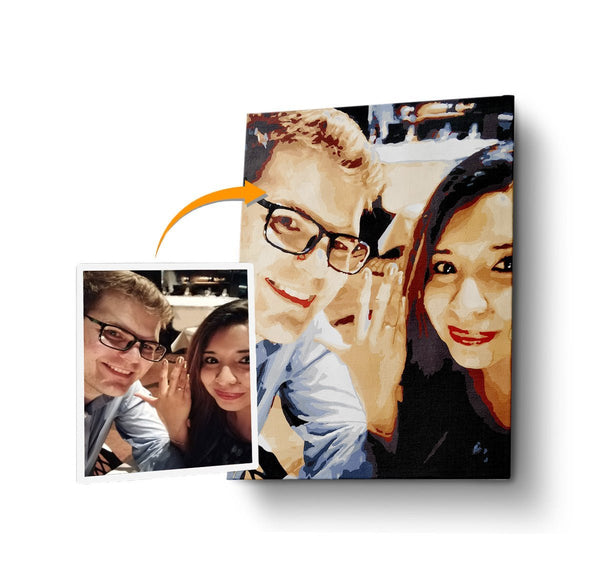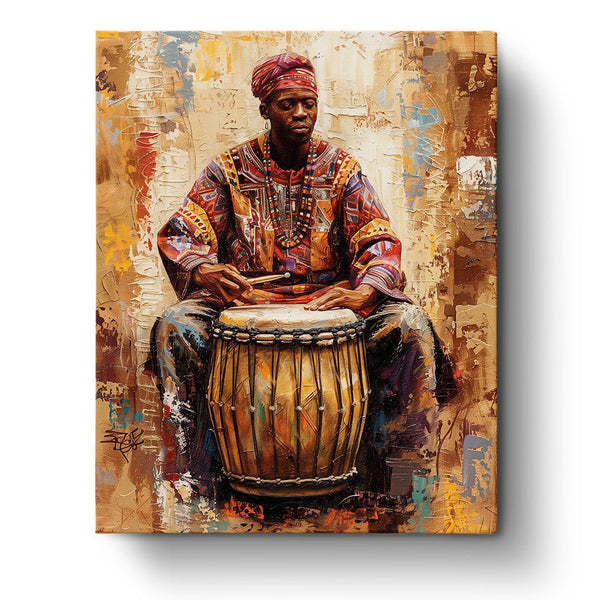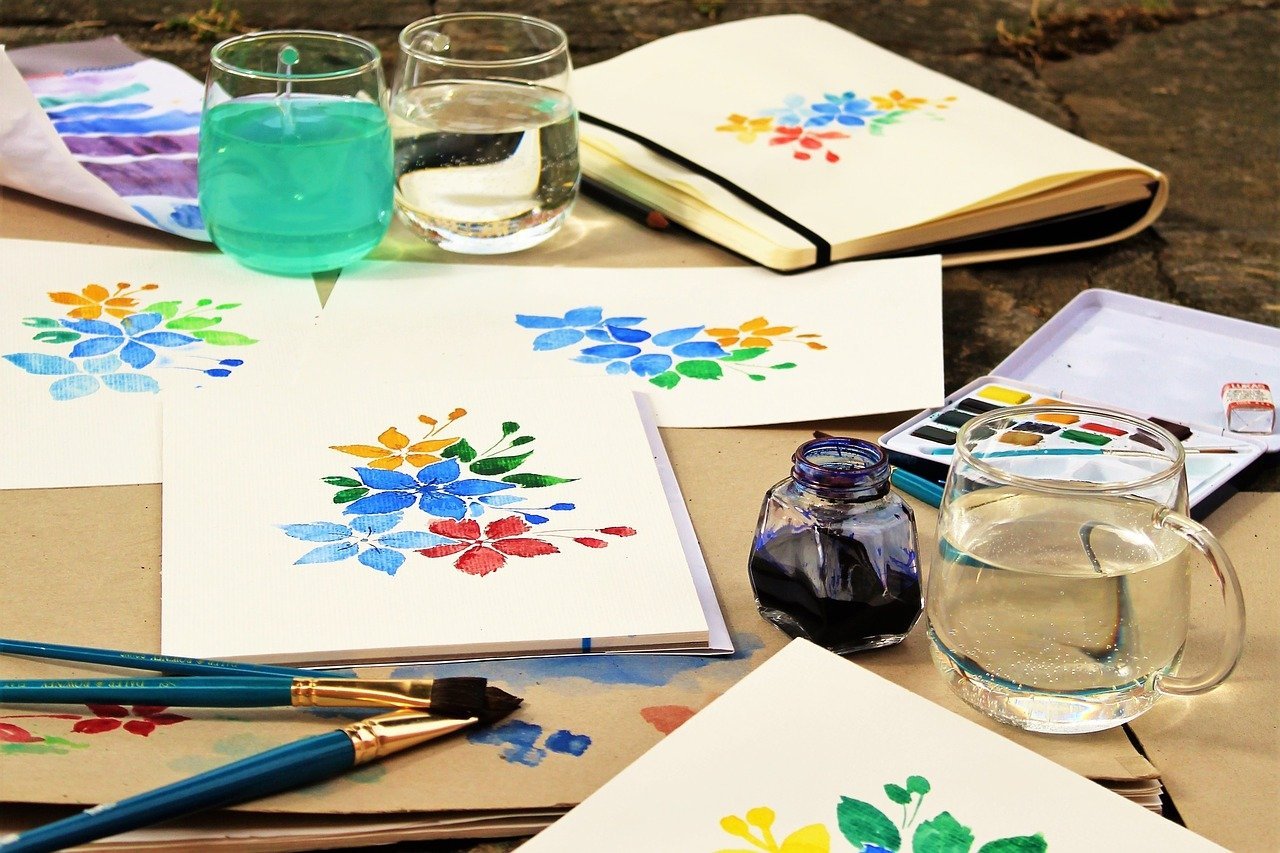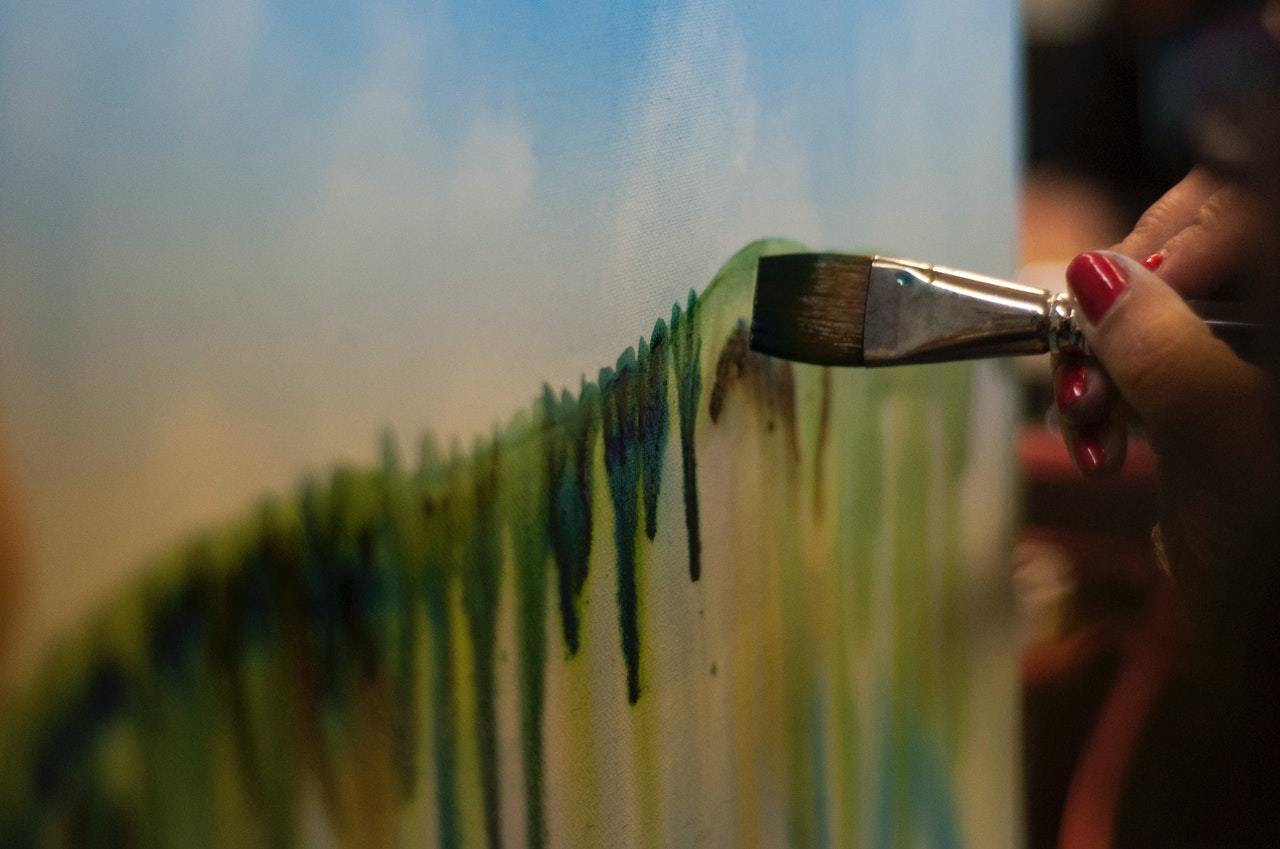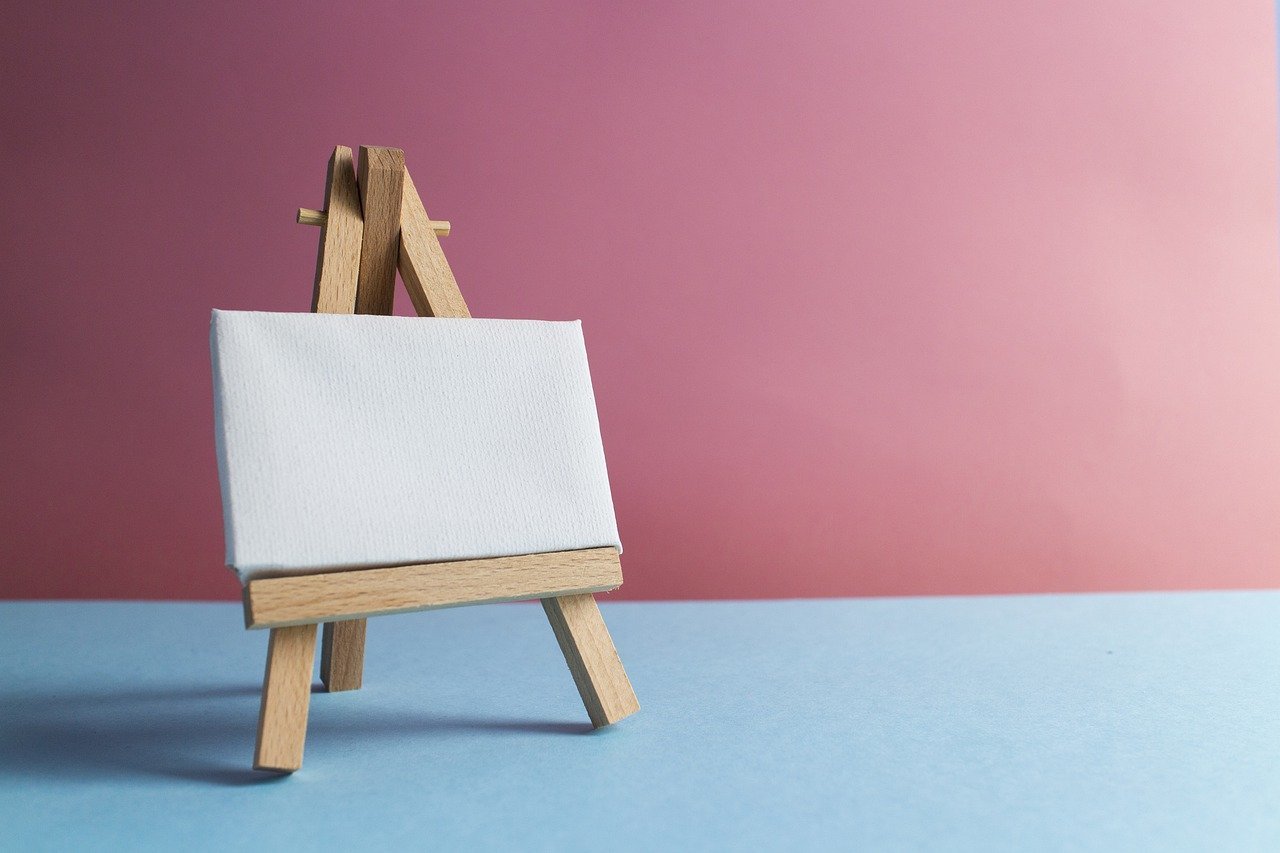
Getting Started with the Painting Basics

Painting is not just buying art supplies from the art store and afterwards swirling pigments around the canvas, it’s actually more than that. Painting is a process that requires time, practice, dedication and patience. To paint is to express your creativity, imagination and emotions.
Painting for the first time can be a real disaster sometimes, especially when you have no idea where to begin. To avoid situations like this, you must learn the basics. In this article, we will discuss the essentials of painting for beginner artists--from the basic elements of art to different art styles. These topics will surely help you bring out the master artist in you!

There’s no exact pattern on how to learn painting, but there are guides that can help you along during your creative journey. Different people have different styles of learning but there are some basic concepts that you need to learn and consider if you want to be a great artist. Moreover, you can learn from master painters like Pablo Picasso and Vincent van Gogh by studying their art techniques and methods or reading books about them and their artworks.
Things Every Beginner Artist Needs To Know:
- Definition of Painting
- Elements of Art
- Finding the Right Medium and Supplies
- Principles of Design
- Different Art Styles
What is Painting?
As a beginner artist, it is important for you to know the definition of painting. In simple terms, painting is a visual representation of objects in two-dimensional structure that uses different elements such as lines, color and texture blended together into one harmonious form, usually attributed to certain aesthetic qualities and meaning.

Basic Elements of Art
The Elements of Art are the building blocks you use as an artist in order to create visual art. These elements will bring your painting into life, especially when used harmoniously. It is very important to get familiar with them during the early stage because they are the foundation for creating good artwork.
- Line--it is the path of a moving point and can be characterized by its length and thickness. Most common forms of line are horizontal, vertical and diagonal, among the many other forms. Lines are commonly used in creating shapes, patterns, structure, movement, depth and distance.

- Color--it is the chromatic quality of an object which consists of three primary properties: (1) hue--or the name given to the color; (2) value--or the lightness or darkness of the pigment; and (3) intensity--or the saturation/pureness of a color. Color is arguably the most important element of a painting, as the color palette of your choice will affect the overall outcome of your painting.

- Shape--it is the contour of a flat object, commonly characterized by lines formed together to create a two-dimensional geometrical form such as a square, circle, triangle, etc.

- Form--is a three-dimensional object having depth such as cubes, cylinders, spheres, etc.

- Texture--refers to the tactile quality of a surface that can be seen, but not necessarily felt. This can be achieved by carrying out different brush techniques.

- Space--refers to the area or distance between and around the shapes, forms, lines and colors. It is also the feeling or illusion of depth in the painting.
Finding the Right Medium and Supplies

When getting started with any forms of art, particularly painting, you need to get familiar with the different mediums and their specific uses, especially the medium of your choice. This part is probably one of the most exciting steps as you go to the art store and buy supplies for your project, but it can also be overwhelming if you think about the price and decision-making process involved before buying them.
Moreover, we highly recommend that you do research first before weighing your decision on which products to buy. Look for the pros and cons of the medium, the different brands and so on. The medium of your choice can be your best friend or your worst enemy--so use it to your own advantage.
Let’s talk about the medium first. For beginners who prefer convenient and easy to clean pigments, acrylic paint should be used. Acrylic paints are beginner-friendly and affordable compared to other mediums, and require no pre-mixing. The downside when working with acrylics is that they’re quick to dry and some colors tend to change their tone when dry.
If you’re up for a challenge, you can also try using watercolor. Watercolor is probably the most common medium as you can see it almost everywhere. However, it is not as beginner-friendly as acrylic paints since it’s hard to re-work any of your mistakes and due to the fluid nature of water making it hard to control its precision.
Oil paints, on the other hand, are a very versatile medium and as long as you know what you’re doing, then you simply cannot go wrong with them. In art history, we learn that famous painters favored this medium due to its modifiable nature wherein you can vary the drying time and consistency by adding thinner. Thus, this type of paint allows you to easily paint using different techniques and textures, such as blending, impasto and so forth.
There are also other mediums such as gouaches, tempera and water-mixable oils, but they’re not recommended for beginners due to their complexity in nature.
For the supplies, knowing that you’re a beginner, we recommend that you only buy what you need--and those are the basic supplies like easel, palette, canvas (or paper), basic brushes, and the paints or medium of your choice.
Principles of Design
Painting is all about expression using the elements of art combined together to form an image. Other than the elements of art, it is also important for beginner artists to know the principles of design. These principles can be used as a set of criteria in judging and analyzing one’s artwork.
- Pattern--refers to the regular repetition of an element used in the art.
- Balance--the visual distribution of the elements in art. There are three types of balance: symmetrical, asymmetrical, and radial balance.
- Emphasis--refers to the focal point of the artwork.
- Movement--characterized by the flow, arrangement, and position of the objects in the artwork.
- Harmony--also referred to as unity, it is the sense in the painting that all objects coordinate with one another.
- Variety--refers to the different use of styles, colors, textures and techniques applied in the painting.
- Proportion--refers to the relationship of two or more elements in accordance to their scale or size.
Different Art Styles
It is important to know different art styles because it can help you improve your skills, especially when you experiment from one style to another--this will not only result in great progress, but also help you learn different varieties of styles and techniques, until you eventually find inspiration/s for your own unique style.

Learn the Basics with Best Paint by Numbers
If you’re still feeling uncertain on how to start your artistic journey, then leave the worry to us. With Best Paint by Numbers, you can easily start painting just by doing a simple purchase--there’s no need to worry about the medium or the art supplies because we will provide the basics--a canvas with pre-marked numbers, a set of 3 brushes, and a set of acrylic paint. If you feel like you’re not good enough to paint yet, well think again because you only need to follow a simple instruction in order to create a masterpiece: just paint and match the number to its corresponding color.
Planning to purchase in bulk? Contact us first and we will give you a special discount! Message us on our website or call +1 (929) 2073344. To know more about our kits, simply click here.

